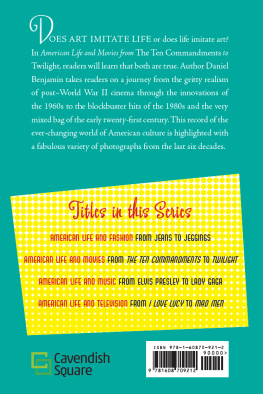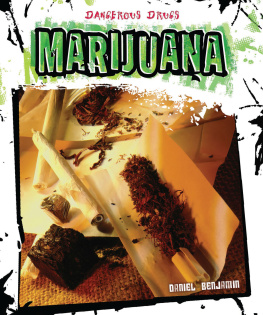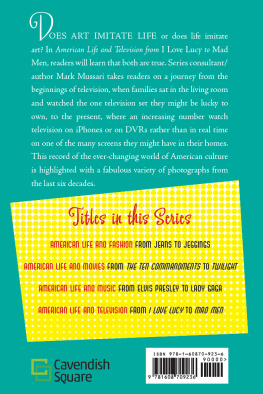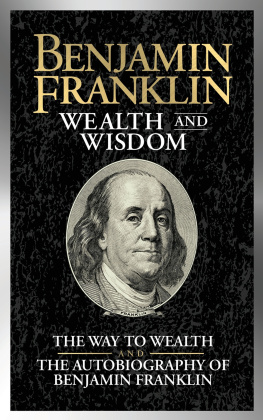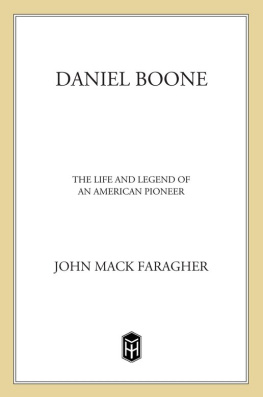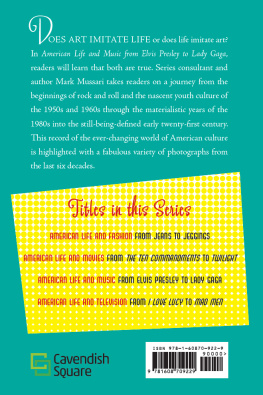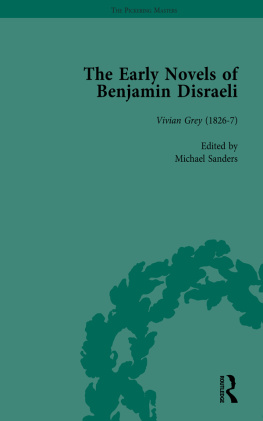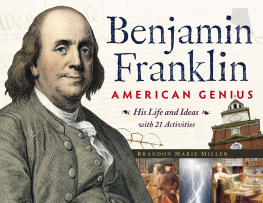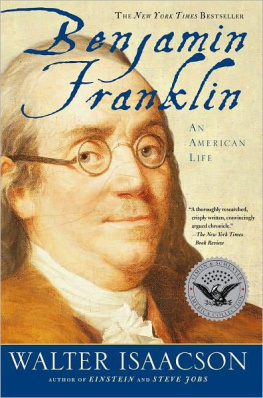Published in 2014 by Cavendish Square Publishing, LLC
303 Park Avenue South, Suite 1247, New York, NY 10010
Copyright 2014 by Cavendish Square Publishing, LLC
First Edition
No part of this publication may be reproduced, stored in a retrieval system, or transmitted in any form or by any meanselectronic, mechanical, photocopying, recording, or otherwisewithout the prior permission of the copyright owner. Request for permission should be addressed to Permissions, Cavendish Square Publishing, 303 Park Avenue South, Suite 1247, New York, NY 10010. Tel (877) 980-4450; fax (877) 980-4454
Website: cavendishsq.com
This publication represents the opinions and views of the author based on his or her personal experience, knowledge, and research. The information in this book serves as a general guide only. The author and publisher have used their best efforts in preparing this book and disclaim liability rising directly or indirectly from the use and application of this book.
CPSIA Compliance Information: Batch #WS13CSQ
All websites were available and accurate when this book was sent to press.
Library of Congress Cataloging-in-Publication Data
Benjamin, Daniel. American life and movies from The Ten Commandments to Twilight / Dan Elish ; editors, Michelle Bisson, Bethany Larson.
p. cm. (Pop culture)
Summary: Provides a comprehensive look at the history of film in AmericaProvided by publisher.
Includes bibliographical references and index.
ISBN 978-1-60870-921-2 (hardcover)ISBN 978-1-62712-121-7 (paperback)ISBN 978-1-60870-926-7 (ebook)
1. Motion picturesUnited StatesHistory20th centuryJuvenile literature.
2. Motion picturesUnited StatesHistory21st centuryJuvenile literature. I. Title.
PN1993.5.U6E335 2012 791.430973dc23 2011045889
Editors: Michelle Bisson, Bethany Larson Art Director: Anahid Hamparian
Series Designer: Alicia Mikles Photo research by Lindsay Aveilhe
The photographs in this book are used by permission and through the courtesy of:
Cover photo courtesy of Everett Collection and AF archive/Alamy. AF archive/Alamy: p..
Printed in the United States of America
Contents
INTRODUCTION
1950s: TROUBLE BREWING BENEATH THE AMERICAN DREAM
1960s: THE WORLD UNPLUGGED
1970s: FROM DESPAIR TO THE BLOCKBUSTER
1980s: THE REAGAN YEARS
1990s: THE INDEPENDENT YEARS
2000s: A TROUBLED TIME
NOTES
FURTHER INFORMATION
BIBLIOGRAPHY
INDEX
On the Waterfront tells the timely and timeless tale of the one just man who resists peer pressure in favor of the larger cause of unveiling injustice.
Introduction
ALTHOUGH FILM IS A YOUNG MEDIUM especially when compared to music or books, which have influenced culture for centuriesit is a powerful tool for storytelling. Over the past sixty years, film has emerged as the art form that seems to hold the most sway over American popular culture. On the Waterfront (1954), Mary Poppins (1964), Dr. Strangelove (1964), Easy Rider (1969), Jaws (1975), Star Wars (1977), When Harry Met Sally... (1989), Titanic (1997), Avatar (2009)these films and many others tell stories that captivate, amuse, and resonate with audiences.
Many movies are made to entertain as many people as possible; others are conceived to comment on a particular popular trend or historical event. But whatever the filmmakers intent, all movies hold up a mirror to the times in which they were made. Since the 1950s, movies have not only told entertaining stories, but have analyzed and reflected certain historical events and trends in American culture in a way that allows these subjects to be seen in a new light. Whether dramatic, comedic, or thought-provoking, the movie industry mirrors changes and trends in culture and society, and vice versa.
Even the rich were hit in the Great Depression of 1929. Here, a Wall Street investor down on his luck tries to sell his luxury car after losing all his money when the stock market crashed that October.
ONE
1950s:
Trouble Brewing Beneath the American Dream
THE 1930S AND 1940S WERE VERY DIFFICULT decades for the United States. In October 1929, the stock market crashed and led to the Great Depression, the worst economic crisis in the nations history. A little more than a decade later, the United States found itself in the middle of World War II, fighting against Germany and Italy in Europe and Japan in the Pacific. Understandably, once that war was won, most Americans were eager to enjoy themselves. Veterans married and moved to the suburbs en masse to pursue the American dream: a home, car, and community with good schools for their children to attend.
On the one hand, the 1950s was a decade of great prosperity. With the economy humming again, many familiesat least many white familieswere able to live on one income. Fathers went to work while moms stayed home and took care of the kids and the household. But brewing beneath the surface of this seeming suburban paradise were signs of the issues that would bubble up to the surface a decade laterincluding the civil rights and womens movementsto show that all was not well with the American dream, Fittingly, American movies of the decade reflected both the optimism of a nation that had survived the Depression and won a major world war, and the fearful insecurity of a country that was dealing with big changes both at home and abroad.
COMMUNISM AND THE BIBLICAL EPIC
Though the United States had helped win World War II, peacetime brought new fears to the country. Beginning in 1950, many Americans became unduly worried about the influence of communist ideology in the United States. In 1950, Wisconsin senator Joseph McCarthy claimed that he had a list of members of the Communist Party and members of a spy ring who worked in the State Department. Though McCarthy was never able to prove any of his claims, many Americans who were terrified of the Soviet Unions broadening influence in the world as well as the possible use of atomic and hydrogen bombs believed in and supported his witch hunt.
While McCarthy had the nations ear, thousands of loyal American citizens were falsely accused of being communists and fired from their jobs. Today, the term McCarthyism refers to the political attitudes of those seeking to identify communists by coercing accusations of treason or disloyalty. Perhaps the best-known example of McCarthyism came from Hollywood.
In 1947, a group of studio executives made a blacklist or a roster of people not to associate with or hire. It named hundreds of writers, actors, and directors who were alleged communist sympathizers. Eleven people on the list were called to testify before the House Un-American Activities Committee (HUAC). Ten of them, dubbed the Hollywood Ten, refused to appear because they believed the hearing was unconstitutional and violated their First Amendment rights. They were then all charged with contempt of Congress and proceedings against them began in the U.S. House of Representatives.

